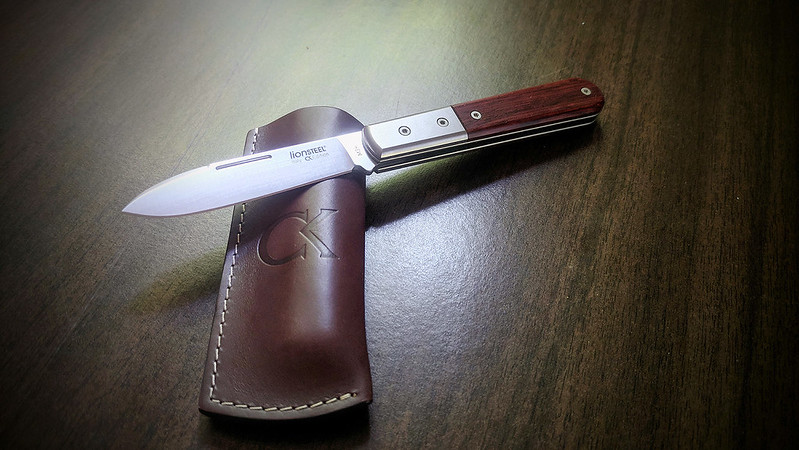- Joined
- May 19, 2001
- Messages
- 5,258
I'm in the camp who wants better steel in traditional style knives. I don't do a high volume of cutting often, but when I do, I like for the edge to stay as sharp as it can as long as it can, because it's just easier to cut with a sharp knife. Even GEC's 440C has gotten dull enough on me in a sitting, that it required a lot more effort to cut and was doing almost as much tearing as cutting. The Lionsteel Barlow is cool. The Enigma Classics are also cool when those pop up.
If I did that kind of cutting every day, though, I might have a different tool. Slicing cardboard is a little precarious with a slip joint anyhow. Thick ply cardboard will bind the blade, and the handle will fold if you're not careful.
I worked in the textile industry for thirty five years, a guy cutting open a cardboard box with a slip joint would be considered a safety issue. We broke down thousands of boxes every week, nothing but a utility knife was allowed to be used.
Last edited:

